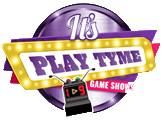Imagine a workforce where a staggering 75% of employees don’t just tolerate, but actually enjoy their team’s company.
While this may seem far-fetched, the right mix of team building books, leadership development resources, and employee engagement guides can make this a reality.
My journey through the corridors of corporate literature has revealed an arsenal of workplace culture books and group dynamics books that serve as the blueprint for this transformation.
For those in search of effective team bonding activities, the power of a well-curated reading list cannot be underestimated.
Becoming the architect of a robust team environment begins with turning pages filled with wisdom.
As I’ve sifted through countless titles, I’ve honed in on those that yield tangible results.
The wisdom from these readings doesn’t just fill your mind; it permeates through your team’s everyday interactions, fostering a culture that’s both resilient and dynamic.
Key Takeaways
- Identify transformative team building books that instill stellar group dynamics.
- Lean on leadership development resources to sculpt strong, strategic leaders.
- Utilize employee engagement guides to measure and amplify involvement.
- Explore workplace culture books to shape environments that teams thrive in.
- Implement targeted team bonding activities for improved morale and cohesion.
- Draw on the collective expertise within group dynamics books to forge ahead.

rebuilding-teams-after-layoffs
Understanding the Fundamentals of Team Dynamics
Delving into the core aspects of team dynamics reveals the underlying threads that tie high-performing teams together.
My exploration of various team building books has illuminated crucial elements and challenges that come into play, shaping the success or failure of group efforts.
Here, we explore what characteristics set exceptional teams apart, identify common hurdles they face, and discuss how leadership in team development acts as the catalyst for team transformation.
1 – Characteristics of High-Performing Teams
What distinguishes high-performing teams from the rest is a blend of adaptability, trust, and effective communication.
These teams are dynamic, able to navigate change with agility, and have established a foundation of trust that bolsters collaboration.
Fluid communication further empowers these teams to tackle complex challenges efficiently. In my reading, it’s clear that guidance from insightful team building books is invaluable for teams to recognize and cultivate these traits.
2 – Common Challenges Faced by Teams
Despite the aspiration to excel, teams often encounter pitfalls such as conflicts, a lack of commitment, and accountability issues.
These are common threads that can unravel even the most promising groups, hinting at the intricate nature of team dynamics.
Addressing these challenges requires a proactive approach, one that is well-documented in literature on building and managing teams.
3 – The Role of Leadership in Team Development
The fulcrum upon which team dynamics pivot is undoubtedly leadership in team development. Strong leadership is instrumental in surmounting the recurring challenges teams face.
Effective leaders make use of strategies designed to foster trust and motivation, sculpting an environment where every team member feels valued.
My perusal of authoritative works on team leadership confirms the pivotal role leaders play in guiding their teams towards cohesion and dynamism.
| Characteristic | Description | Impact on Team Performance |
|---|---|---|
| Adaptability | Ability to pivot and adjust strategies in response to changing circumstances | Enables continuous improvement and agile response to challenges |
| Trust | Firm belief in the reliability, truth, or ability of team members | Facilitates open communication and reduces friction in collaboration |
| Effective Communication | Clear, concise information exchange tailored to audience understanding | Ensures alignment of goals and quick resolution of misunderstandings |
| Motivation | Intrinsic and extrinsic factors that energize, direct, and sustain activities | Drives engagement, determination, and performance towards objectives |
The Impact of Team Building on Employee Engagement
An engaged team culture within an organization is not just a beneficial byproduct of a happy workplace; it is a key indicator of overall success and longevity.
My experience in harnessing team building impact to improve employee engagement has been greatly informed by effective employee engagement guides and motivational teamwork guides.
But how do we measure and advance this engagement effectively?
Measuring Employee Engagement in the Workplace
As I delve into the specifics of employee engagement, the initial step is always measurement.
By understanding where our teams currently stand, we’re better positioned to implement strategies that resonate and introduce changes that matter.
Surveys and one-on-one interviews can provide a wealth of data on employee sentiment, and this information often informs the crafting of targeted engagement initiatives.
>>Click here for fun team building games to boost morale.
Strategies for Building an Engaged Team Culture
When considering strategies to establish an engaged team culture, I look to a mix of recognition, coherent communication channels, and professional development opportunities.
Drawing from a wide array of motivational teamwork guides, it is clear that initiatives that reflect the specific desires and needs of a team result in the highest levels of engagement.
- Prioritize open communication to maintain transparency and approachability within the team.
- Implement recognition programs that celebrate individual and group achievements.
- Develop opportunities for professional growth that align with the interests and needs of team members.
Case Studies: Successful Team Building Interventions
Real-world examples of successful team building strategies often outline the most effective path to enhancing team engagement.
Case studies drawn from a multitude of employee engagement guides provide concrete insights into what works and what doesn’t, making these narratives invaluable tools for anyone seeking to inspire change in their own organizations.
| Strategy | Impact | Case Study Reference |
|---|---|---|
| Team Retreats | Improved Relationships and Morale | Smith Corp’s Annual Summit |
| Peer Recognition Programs | Increased Motivation and Productivity | Jones & Partners Recognition Initiative |
| Leadership Training Workshops | Strengthened Leadership and Vision Alignment | Global Tech Leaders Conference |
| Cross-functional Team Projects | Enhanced Collaboration and Skill Sharing | Innovate Together Program at Creatives Inc. |
Building an engaged team culture is both an art and science, requiring dedication, insight, and a willingness to adapt. As I continue to explore and share employee engagement guides,
I remain committed to helping organizations understand and improve their team building impact, creating environments where motivation, camaraderie, and productivity thrive.
1 – Key Principles from ‘The Culture Code’ by Daniel Coyle
As I delve into ‘The Culture Code’ by Daniel Coyle, it’s clear this book stands out among team building books, masterfully revealing the essence of team cohesion.
Coyle artfully explains how building trust among members serves as the bedrock for a thriving team environment.
In my reading, I am persuaded that any leader keen on cultivating an atmosphere of collaboration should take to heart the lessons on vulnerability and purpose that Coyle presents.
The fostering of an environment where individuals feel safe and valued is critical, and ‘The Culture Code’ presents this argument compellingly.
To share what I believe are the most pivotal insights of Coyle’s work, I’ve distilled them into a comprehensive table:
| Key Principle | Description | Application in Team Building |
|---|---|---|
| Building Safety | Creating a safe space for team communication and risk-taking. | Encourage open dialogue and celebrate diverse perspectives to strengthen team unity. |
| Sharing Vulnerability | Leaders and members openly share their weaknesses and concerns. | Adopt a ‘we are all in this together’ mentality to increase empathy and support. |
| Establishing Purpose | Defining clear goals and values that resonate with the team members. | Develop a shared vision that motivates and guides the team’s efforts. |
In my pursuit of elevating team dynamics, I’ve found ‘The Culture Code’ to be an invaluable resource.
Not only does Coyle provide a theoretical framework for understanding what constitutes high-performing teams, but he also hands us the practical tools necessary for building trust and nurturing lasting connections.
I recommend this book to anyone invested in refining their approach to constructing a resilient and integrated team.
“Culture is not something you are—it’s something you do.” – Daniel Coyle
Indeed, the teachings of Daniel Coyle implore us to act—to conscientiously shape the culture within our teams.
Applying these principles has allowed me to witness first-hand the transformation from a group of individuals to a unified entity driven by trust and shared ambition.
2 – Fostering Adaptability with ‘Team of Teams’ by General Stanley McChrystal
Adaptability within organizations is no longer just beneficial, it’s essential. In my exploration of team building books,
I’ve discovered that ‘Team of Teams’ by General Stanley McChrystal takes an innovative approach to organizational design.
This book has profoundly shaped my understanding of how modern teams must function in a landscape that’s constantly evolving.
General Stanley McChrystal advocates for a move away from the traditional hierarchical management structures to a more fluid and responsive decentralized decision-making system.
Through McChrystal’s narrative, I realized the immense power of a networked force. His military experience serves as a solid backdrop for the concept that in complicated settings, it is crucial to be nimble and adaptable.
Furthermore, he extends the military’s lessons of adaptability to the business world, urging companies to embrace a Team of Teams approach to tackle the unforeseen with maximum flexibility.
Such principles from this seminal book have been invaluable to me, reaffirming the necessity of building strong, adaptable teams that are equipped for just about any challenge.
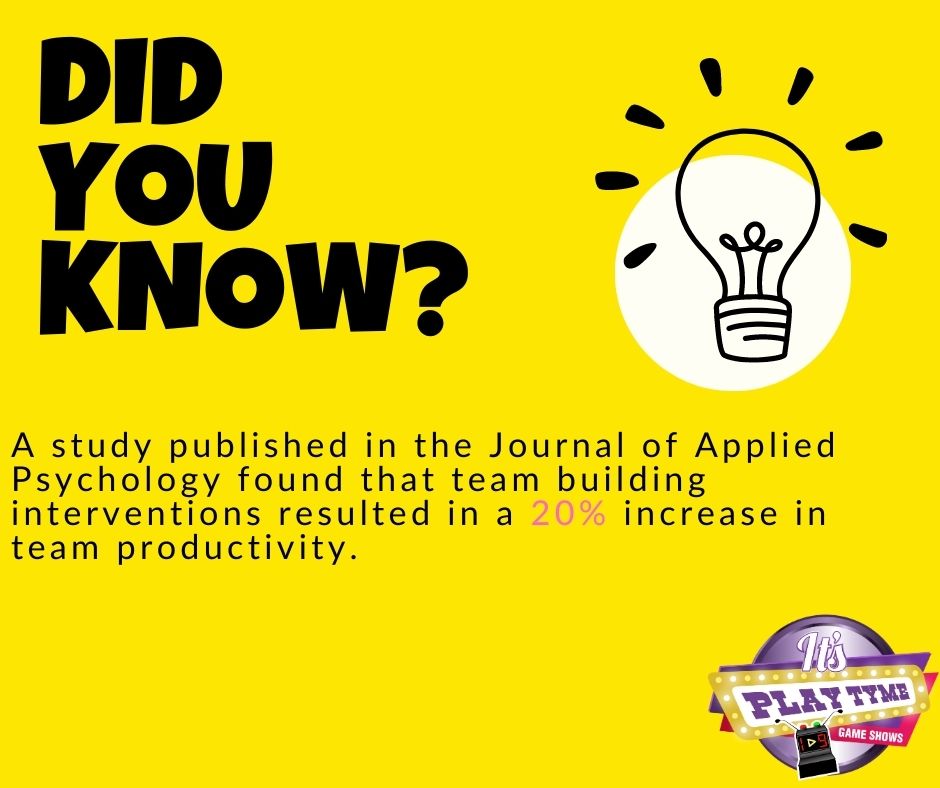
team productivity
>Click here for fun team building games to boost morale.
One aspect where ‘Team of Teams’ really poignantly resonates is in its promotion of decentralized decision-making, a paradigm that empowers each team member to act and decide without awaiting top-down commands.
This empowerment is not just about speed; it’s about harnessing the collective intelligence of the group, yielding a more dynamic problem-solving capacity.
By implementing these tactics in my workshops, I’ve seen firsthand how teams transform, becoming more proactive and engaged.
Here’s a comparison of traditional vs. Team of Teams organizational traits:
| Traditional Model | Team of Teams Model |
|---|---|
| Centralized command | Decentralized decision-making |
| Linear and rigid | Adaptive and fluid |
| Slow response to change | Quick adaptability to change |
| Defined roles and duties | Flexible roles based on needs |
| Top-heavy information flow | Information shared across the network |
To me, ‘Team of Teams’ by General Stanley McChrystal isn’t just another book on organizational theory; it’s a practical guide that instills the value of adaptability in a world that demands it.
For those seeking effective team building books that offer more than just team exercises, but a profound shift in thinking – this is a topline recommendation.
The strategies advocated by McChrystal can significantly enhance a team’s ability to cooperate, innovate, and triumph in modern corporate battlefields.
Motivational Teamwork Guides for Inspired Collaboration
Embarking on a journey to inspire effective team collaboration, I’ve found that understanding the driving forces behind team cohesion is crucial.
In the realm of motivational teamwork guides, two authoritative sources stand out. “Drive” by Daniel H. Pink unravels the power of intrinsic motivation—a catalyst for team success.
Extreme Ownership, by Jocko Willink and Leif Babin places accountability at the heart of leadership.
The Power of Intrinsic Motivation in ‘Drive’ by Daniel H. Pink
Daniel H. Pink’s Drive sheds illuminating insights into how intrinsic motivation propels teams beyond basic expectations.
His thesis rests on the premise that true motivation stems from within—an inherent desire to gain autonomy, seek mastery, and serve a greater purpose.
These intrinsic motivators are key elements that any leader should harness to encourage a collaborative and self-sustaining team environment.
Insights on Accountability from ‘Extreme Ownership’ by Jocko Willink
Taking cues from “Extreme Ownership”, authored by combat veterans Jocko Willink and Leif Babin, I’ve learned that the essence of leadership is accountability.
The book’s foundational concept underscores that leaders must own their team’s results—good or bad.
This level of extreme accountability enforces a culture where every team member feels responsible for the collective outcome, hence strengthening teamwork and dedication.
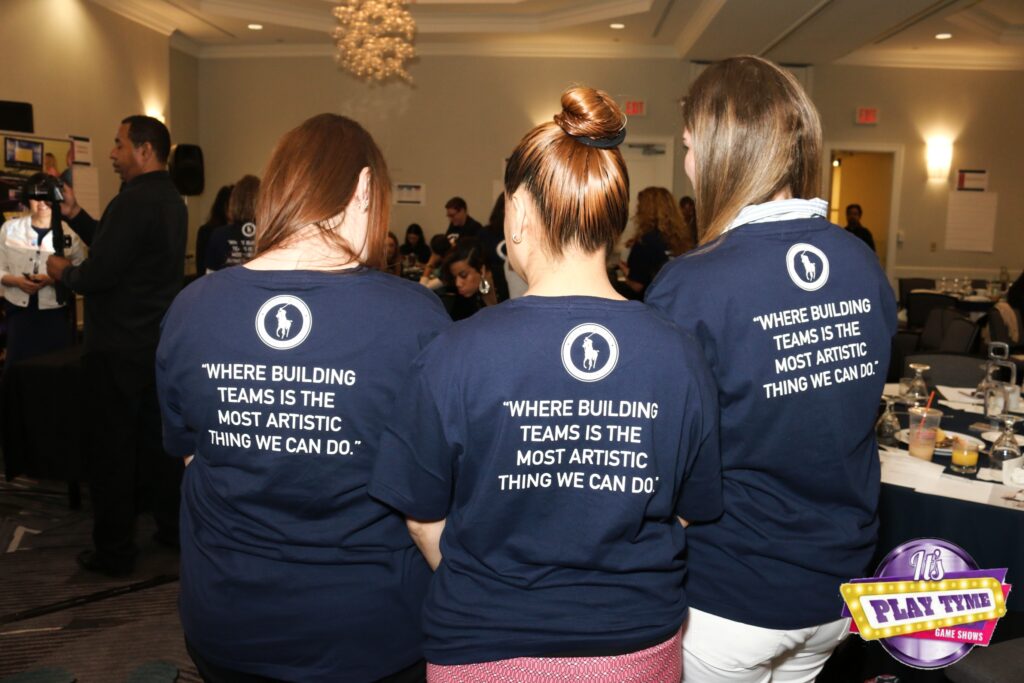
Undoubtedly, these motivational teamwork guides offer more than mere strategies; they provide a blueprint for stimulating intrinsic collaboration.
Looking to inject motivation into your team? Reflecting on the concepts of Drive and Extreme Ownership might just unlock the higher gears of team performance.
A shared sense of purpose and responsibility can transform a group of individuals into a cohesive unit, charged with accountability and a drive to excel.
Team Building Books for Boosting Team Morale and Cohesion
As someone who’s always on the lookout for ways to enhance team morale and cohesion, I understand the importance of engaging resources.
Team building books are not just guides; they are a treasure trove of strategies and insights aimed at nourishing positive group dynamics.
Interactive Games and Activities for Team Bonding
Nothing rallies a team quite like interactive games. That’s why I recommend books that provide a variety of team bonding activities designed to break the ice and foster a spirit of camaraderie.
It’s remarkable how games that encourage communication and problem-solving can translate into improved team cohesion on the job.

Interactive Games NJ
>>Click here for fun team building games to boost morale.
Looking for Team Building Games to Boost Morale? Check out resources that offer innovative interactive games.
These are not just about fun; they’re a medium through which team members build trust and understand each other’s strengths and weaknesses.
Books That Encourage Positive Group Dynamics
Positive group dynamics don’t happen automatically; they require effort and the right approach.
Team building books focusing on this area provide leaders with actionable steps to identify and cultivate behaviors that contribute to a healthy and productive team environment, thus enhancing overall team morale.
| Book Title | Focus Area | Main Benefit |
|---|---|---|
| The Big Book of Conflict Resolution Games | Conflict management | Improves resolution skills and fosters understanding |
| Bond: Building the Connections That Create a Team | Relationship building | Strengthens relational ties and trust within the team |
| Play to Win!: Choosing Growth Over Fear in Work and Life | Personal growth | Encourages personal development for collective improvement |
‘The Five Dysfunctions of a Team’ by Patrick Lencioni
As someone who’s navigated through countless team building books, I’ve come to greatly appreciate Patrick Lencioni’s The Five Dysfunctions of a Team.
It’s become an invaluable manual for understanding and overcoming team challenges that prevent organizational success.
By exploring the layers of teamwork, Lencioni pinpoints critical aspects such as the absence of trust and the fear of conflict as primary barriers to team progress.
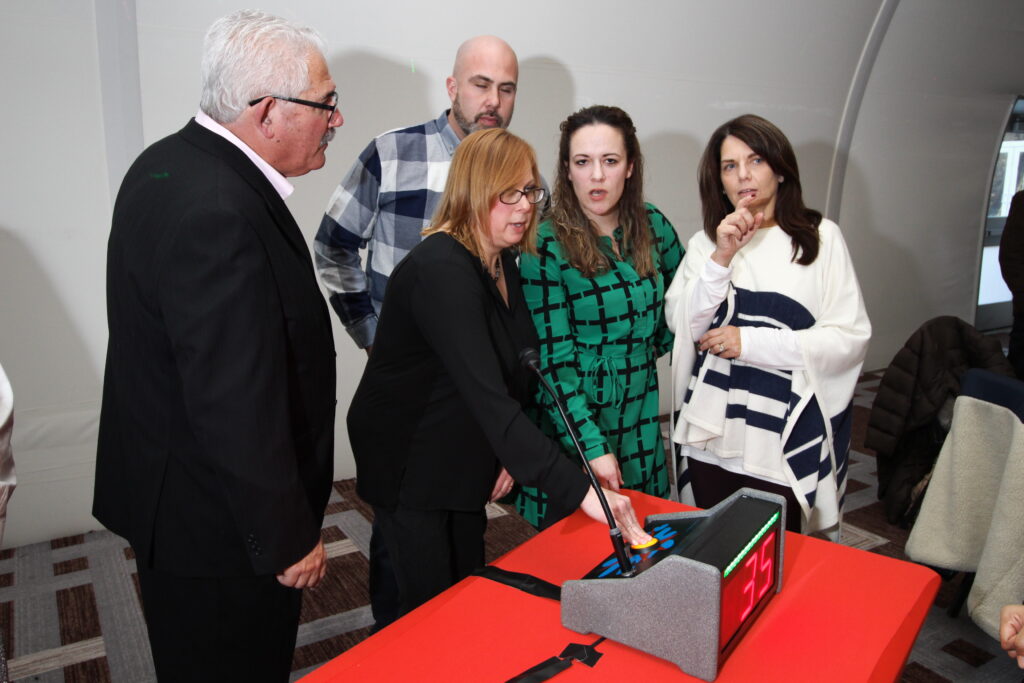
Delving into The Five Dysfunctions of a Team, I’ve learned that trust forms the cornerstone of any high-functioning team.
Without it, every other effort to improve team performance may be in vain. Lencioni illustrates this through relatable scenarios, guiding readers toward ways to foster a transparent environment where vulnerability is not just tolerated but encouraged.
| Dysfunction | Impact | Strategies for Overcoming |
|---|---|---|
| Absence of Trust | Stifles open communication and innovation | Build vulnerability-based trust through exercises and open dialogue |
| Fear of Conflict | Promotes artificial harmony and poor decision-making | Encourage healthy debates and acknowledge differing opinions |
| Lack of Commitment | Creates ambiguity and reduces engagement | Clarify goals and develop a clear action plan |
| Avoidance of Accountability | Lowers standards and diminishes performance | Set clear standards and hold regular performance reviews |
| Inattention to Results | Fosters mediocrity and resentment | Prioritize collective success over individual egos |
For me, Lencioni’s emphasis on achieving clarity and buy-in is particularly poignant when it comes to commitment.
Teams unable to decisively commit to a plan of action often become mired in inefficiency, something that his book brilliantly helps to unravel.
Ending with inattention to results, The Five Dysfunctions of a Team ultimately drives home the reality that success is a collective effort.
In the closing chapters, Patrick Lencioni deftly ties together the principles of his work, offering a playbook for not just recognizing but also rectifying issues that I and many others face while striving to create cohesive teams.
Truly, this is one of those team building books that has a permanent place on my bookshelf and in everyday professional practices.
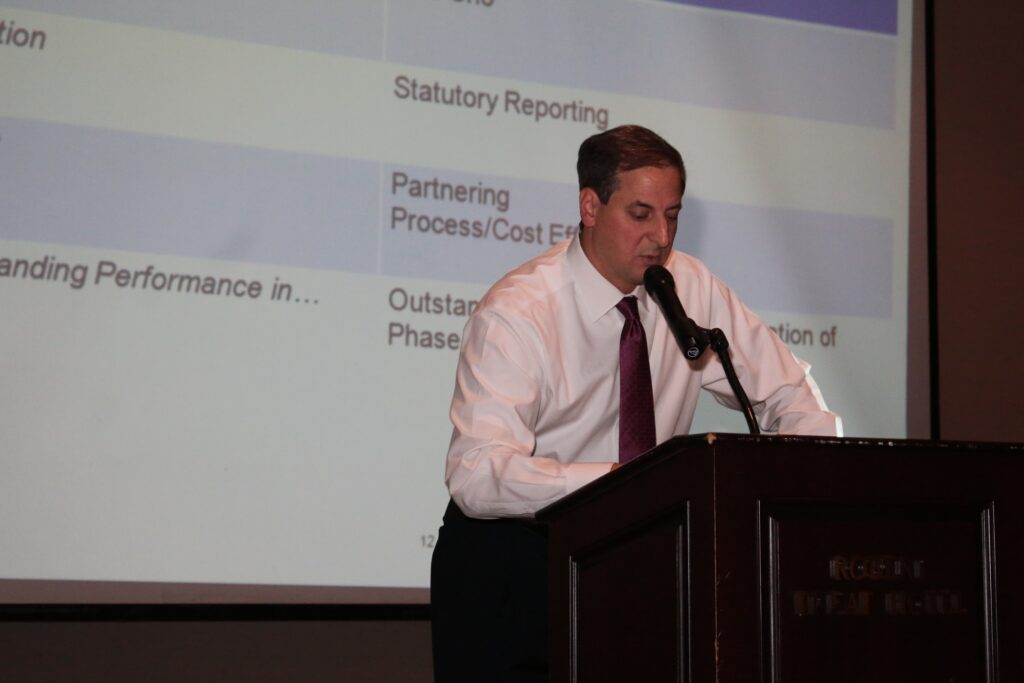
Leasership Training and Development
>>Click here for fun team building games to boost morale.
Leadership Development Resources for Effective Team Management
As a professional dedicated to enhancing organizational performance, I have seen firsthand how leadership development resources are fundamental in mastering team management.
More than ever, effective leadership is tantamount to navigating the complexities of today’s dynamic work environment.
In my quest for excellence, I’ve turned to an array of team building books that act as both guide and mentor in the intricate dance of leadership.
The right kind of leadership books offer more than just theories; they provide actionable strategies that can be applied in real-time scenarios.
This is where the true test of effective leadership lies—being able to translate knowledge into practice.
Whether it’s through collaborative exercises, case studies, or reflective questions, these books can equip you with insights necessary for leading teams to success.
Resources in leadership development play a pivotal role in shaping the mindset and capabilities of those at the helm of every team. It’s about fostering an environment ripe for growth, trust, and collective achievement.
- Fostering an environment of trust with interactive team activities.
- Mastering the art of communication with practical exercises.
- Cultivating a shared sense of purpose that resonates with each team member.
- Learning effective conflict resolution to maintain team harmony.
- Engaging in mentorship to encourage individual and team growth.
- Envisioning a strategic future that aligns with the team and organizational goals.
Each aspect of leadership is a piece of a larger puzzle that, when pieced together, creates the landscape for a thriving work culture.
My library of team building books has become an indispensable trove of wisdom, a resource I frequently tap into to refresh my approach to team management and reinforce the tenets of effective leadership.
If you’re looking to inspire and steer your team toward brighter horizons, consider delving into leadership development resources.
Remember, the journey to becoming an effective leader is ongoing and ever-evolving; there’s always a new perspective to consider, a novel strategy to implement, and a higher level of team dynamics to achieve.

Team Conversation
Enhancing Communication Skills with Expert Guides
Mastering the art of conversation is more than mere talk; it’s a ticket to forging deeper connections and driving collaborative success.
I’m here to share impactful insights on enhancing communication skills, a critical competency that stands at the heart of any high-functioning team.
Developing clear and transparent communication channels unearths the root of trust within a team. Learning from communication skills books,
I’ve recognized that this caliber of candor is instrumental in sidestepping potential conflicts and reinforcing a team’s unity.
Building Trust Through Transparent Communication
In my experience, transparent communication is not a happenstance occurrence but a cultivated practice.
It’s about lowering the veils and connecting dots between team members’ contributions and the collective vision.
Books That Teach Effective Listening and Feedback Techniques
Devouring books dedicated to effective listening and feedback techniques has unveiled the subtle art of active engagement.
Expressing genuine interest in colleagues’ ideas and providing sincere feedback are the gears that turn good teams into great ones.
| Book Title | Author | Key Focus |
|---|---|---|
| Nonviolent Communication | Marshall B. Rosenberg | Conflict Resolution |
| Just Listen | Mark Goulston | Unlocking Potential |
| The Feedback Imperative | Anna Carroll | Real-time Feedback |
| Thanks for the Feedback | Douglas Stone & Sheila Heen | Receiving Feedback |
Armed with these resources, we are better poised to overcome barriers and champion a culture of enriched dialogue and mutual respect.
Remember, the journey of enhancing communication skills is ongoing and ever-evolving – a symphony perfected with each new interaction.
Curated List of Must-Read Team Building Books
In my pursuit of excellence within team dynamics, I’ve amassed a curated list of must-read team building books.
Each book addresses critical aspects such as leadership, communication, and motivation.
It’s designed to be your definitive guide to reinforcing your group’s cohesion and efficiency.
Exploring the nuanced realms of group dynamics books has revealed key strategies for cultivating strong, enduring teams.
Whether you’re a seasoned leader or a new member seeking to contribute meaningfully, these selections offer actionable insights that resonate across varied team settings.
- ‘The Wisdom of Teams’ by Jon R. Katzenback and Douglas K. Smith – A deep dive into what makes teams work effectively in real-world scenarios.
- ‘The 17 Indisputable Laws of Teamwork’ by John C. Maxwell – Delving into the fundamental laws that govern successful team function and unity.
- ‘The Art of Gathering’ by Priya Parker – Transforming the ways we meet, work, and connect with one another.
- ‘Dare to Lead’ by Brené Brown – Breeding courage and new perspectives on leadership that transform group interactions and team building.
By turning the pages of these essential reads, you invite a transformative experience for yourself and your team.
Embrace this curated list as more than mere literature, but as a compass guiding your team towards uncharted territory of success and unity.

Game shows for Team Building
>>>>Click here for fun team building games to boost morale.
Transforming Workplace Culture with Insightful Literature
The quest for transforming workplace culture is a journey I’ve navigated through the thoughtful examination of insightful literature.
As leaders and professionals, we recognize that the pillars supporting a robust workplace are not built on strategies alone, but on the cultural nuances that these strategies promote.
Workplace culture books serve as beacons, guiding us through the multifaceted aspects of employee relations and synergistic team development.
My experience has shown that when such literature is not only read but actively applied, it has the power to reshape the very core of an organization’s environment.
Delving into the pages of employee engagement guides, I’ve learned how crucial engagement is to the lifeblood of a thriving team.
It’s one thing to have a team; it’s another to have one that pulses with purpose and connection. Team building books, when chosen carefully, are more than just words on a page.
They are the blueprints to building a space where individuals collaborate as a dynamic and interdependent unit.
This is how we lay the groundwork for a workplace culture that mirrors the values and aspirations of the organization.
For those scouring resources for team empowerment, I offer a compilation of tried-and-true team building books and employee engagement guides as tools to champion this transformation.
These volumes are not merely to be consulted, but to be absorbed and implemented, ensuring every strategy elevates your team’s spirit and cohesiveness.
Let’s commit to not just changing the rules of the game but to playing an entirely different game—one where workplace culture is not just a concept, but a lived and breathed reality.
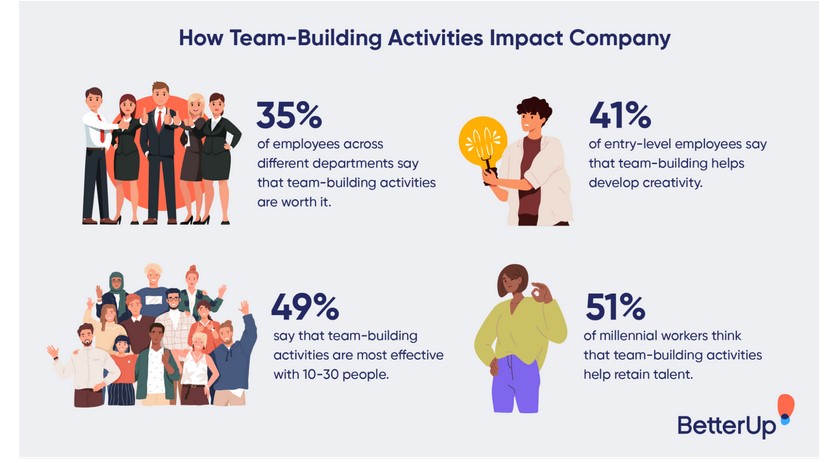
team-building-impact-statistics
>>Click here for fun team building games to boost morale.
FAQ
What are some characteristics of high-performing teams?
High-performing teams typically display adaptability, trust, and effective communication.
They are able to work cohesively towards common goals, navigate challenges collectively, and leverage individual strengths for the team’s success.
Can team building books help address common challenges faced by teams?
Yes, team building books provide guidance and strategies to overcome common challenges such as conflicts, lack of commitment, and accountability issues.
These books often offer real-world examples and actionable steps that leaders and teams can implement.
How does leadership impact team development?
Leadership is critical in team development, as leaders set the tone for trust and cooperation.
They facilitate open communication, create a sense of purpose, and inspire team members to contribute to a collaborative environment.
What strategies are effective in building an engaged team culture?
Strategies for building an engaged team culture include ensuring open lines of communication, recognizing team members’ accomplishments, and providing opportunities for growth and development.
These strategies can be further explored and implemented with insights from employee engagement guides.
Why is ‘The Culture Code’ by Daniel Coyle significant for team building?
The Culture Code’ by Daniel Coyle is significant because it explores the essential elements of a strong team culture, such as establishing safety, sharing vulnerability, and creating a shared purpose, all of which contribute to enhanced team cohesion and cooperation.
How does ‘Team of Teams’ by General Stanley McChrystal apply to modern teams?
‘Team of Teams’ advocates for adaptability and a decentralized approach to decision-making, encouraging teams to become more agile and responsive to the complexities of today’s fast-paced and interconnected world.
What is ‘The Five Dysfunctions of a Team’ by Patrick Lencioni about?
Patrick Lencioni’s ‘The Five Dysfunctions of a Team’ outlines the common issues that can derail team success and provides a framework for overcoming these obstacles to create a cohesive and effective team.
How important are leadership development resources for successful team building?
Leadership development resources are vital for equipping leaders with the necessary skills to foster a strong, unified team. These resources often offer insights into conflict resolution, mentorship, and vision casting.
